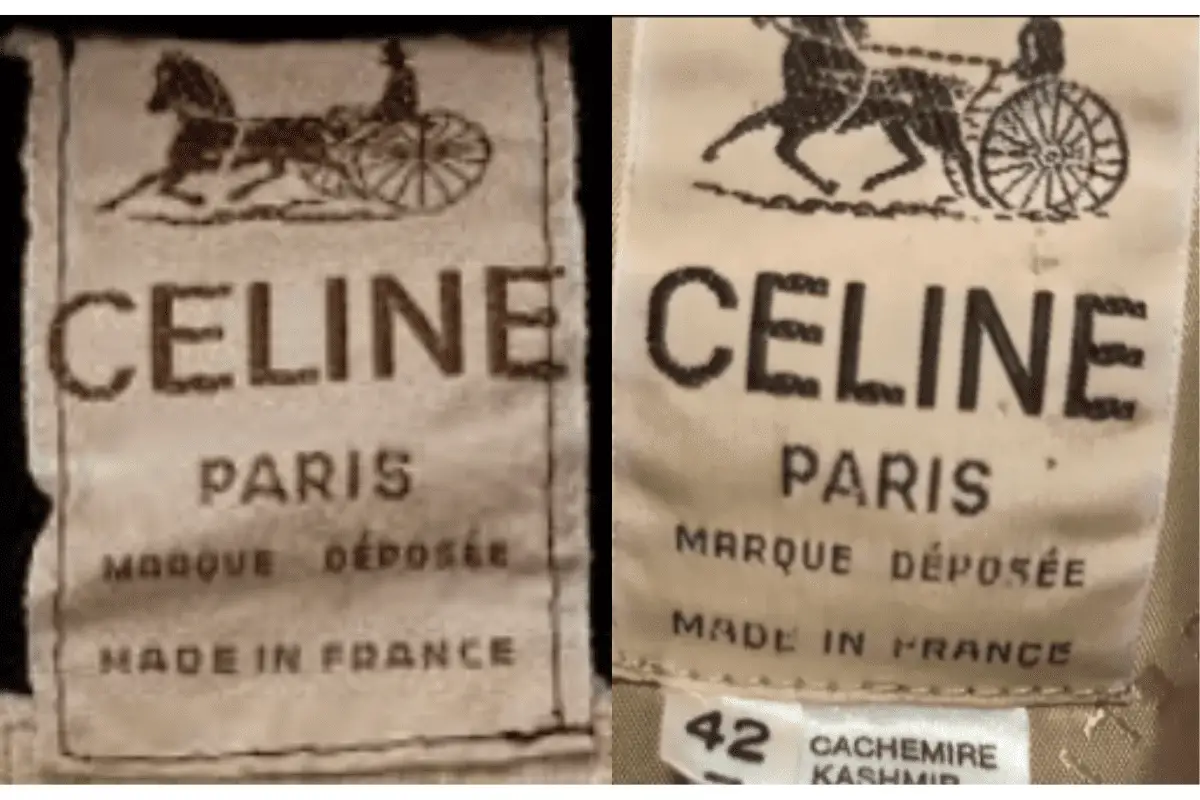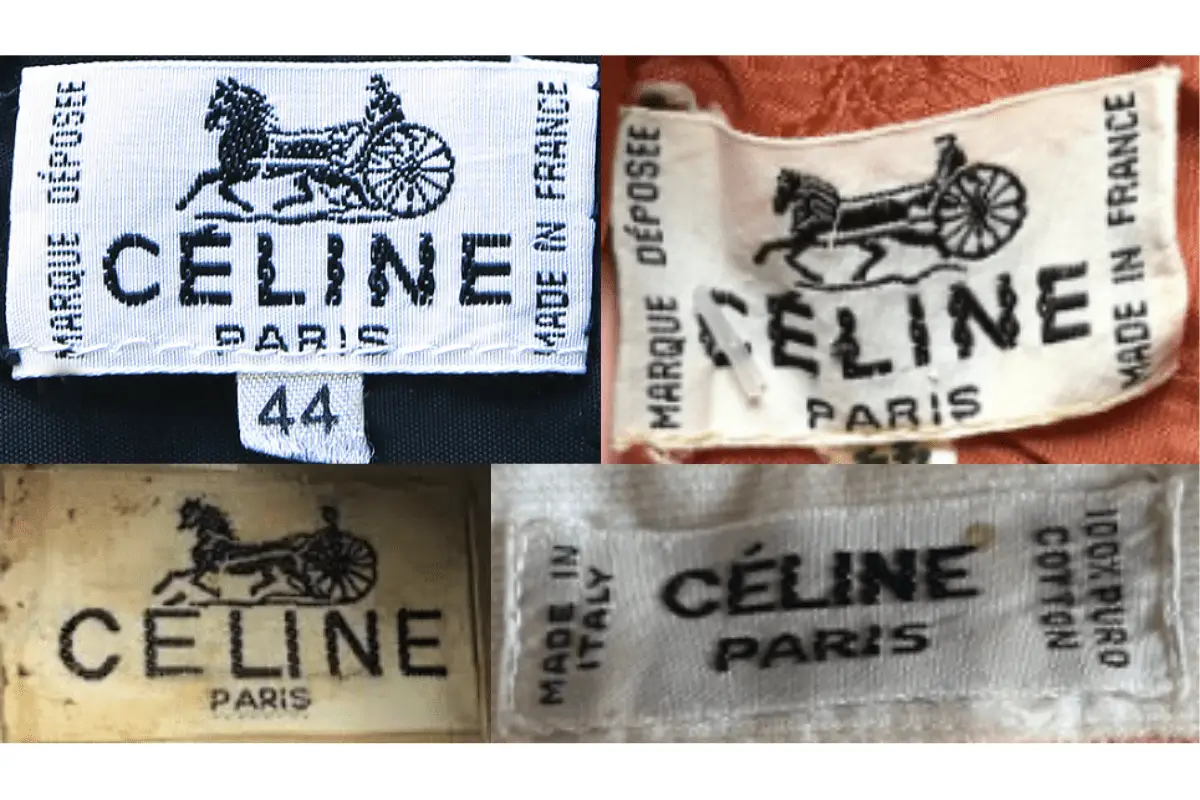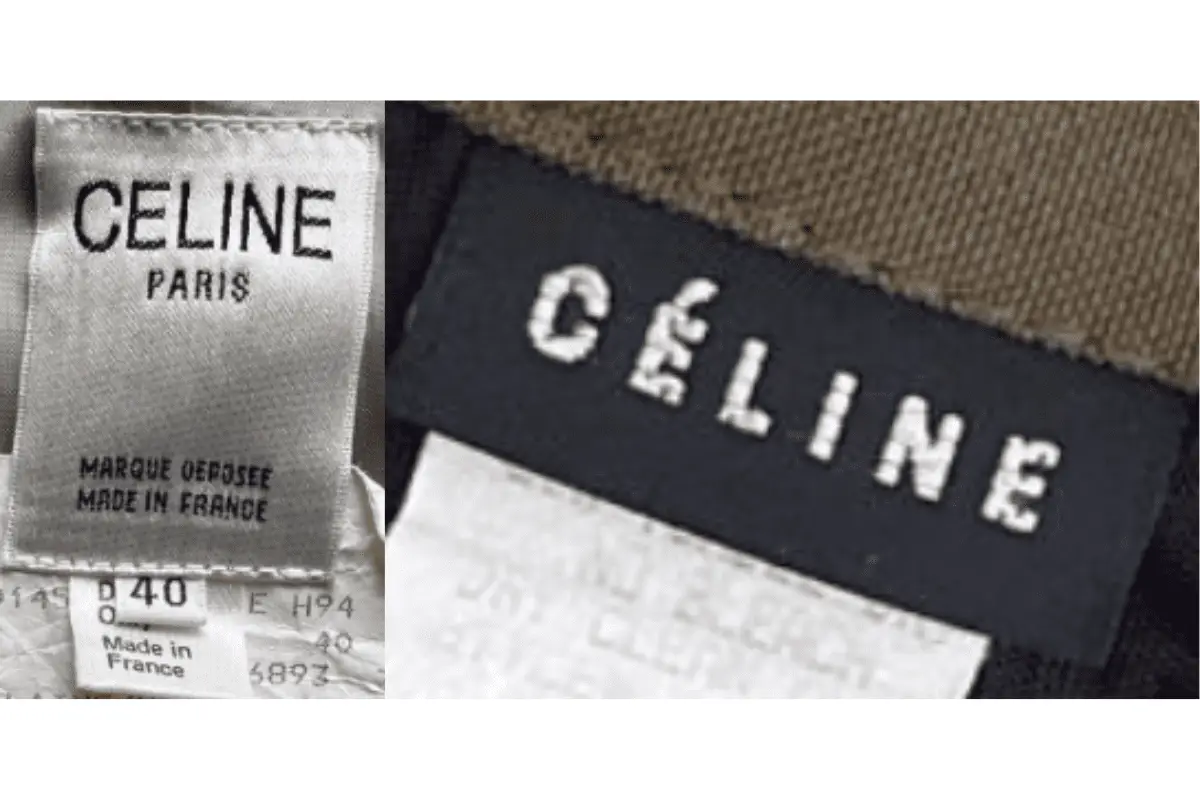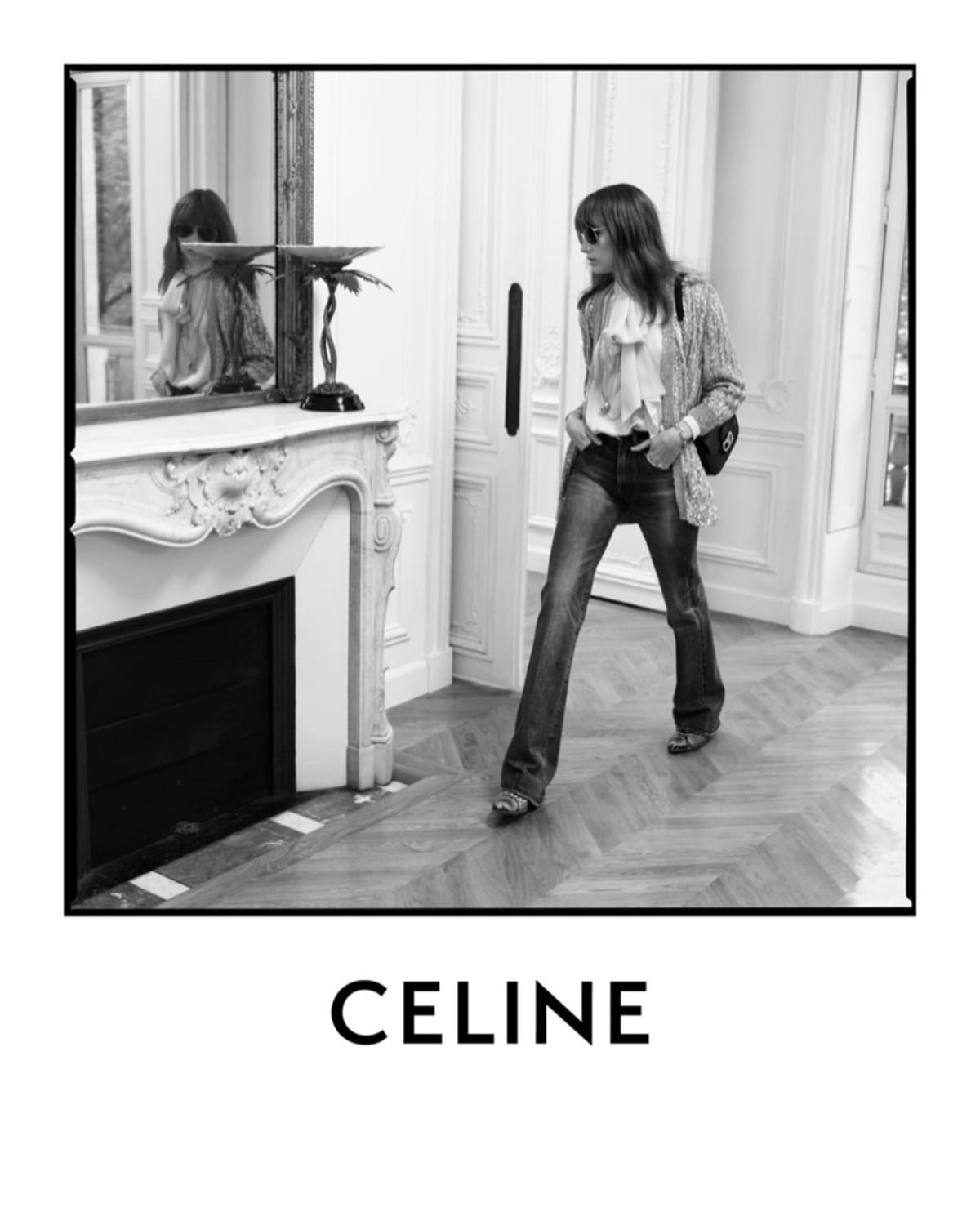Celine, originally spelled Céline and stylized in all caps, stands as a beacon of French luxury fashion since its inception in 1945 by the visionary designer Céline Vipiana. Situated in Paris, Celine has consistently exemplified elegance and sophistication, building a legacy that spans over seven decades. The brand’s journey began with a made-to-measure children’s shoe business, quickly gaining a reputation for quality and innovation. This foundation paved the way for Celine’s expansion into women’s ready-to-wear fashion in the 1960s, marking a significant shift towards a sportswear-inspired approach that resonated with the modern woman’s lifestyle.
Throughout its history, Celine has been helmed by some of the most influential figures in fashion. Céline Vipiana’s leadership until 1988 established the brand’s reputation for impeccable craftsmanship and timeless style. Following her, designers like Michael Kors and Phoebe Philo introduced new creative visions that propelled the brand into contemporary relevance. Under Philo’s tenure from 2008 to 2018, Celine became synonymous with “cool minimalism,” earning accolades for its chic, understated designs that emphasized luxury through simplicity. Her successor, Hedi Slimane, brought a bold transformation, incorporating men’s fashion, couture, and fragrances into the brand’s repertoire while infusing his unique, youthful aesthetic.
The brand’s strategic moves, such as the acquisition by the LVMH group in 1996, have significantly amplified its global presence. This partnership facilitated the opening of flagship stores worldwide and the establishment of Celine as a powerhouse in luxury retail. Each phase of Celine’s evolution reflects broader trends in the fashion industry, from the rise of prêt-à-porter to the current emphasis on cross-gender collections and lifestyle branding. Today, Celine continues to set trends and redefine luxury under Slimane’s creative direction, blending heritage with contemporary flair and maintaining its status as an icon of Parisian chic.
How to tell if Celine is vintage from the logo
Celine has evolved significantly over the years, reflecting changes in fashion and branding trends. Identifying the era of a Celine item can often be done by examining the logo. Here’s a guide to help you determine if your Celine piece is vintage based on its logo.
1973 to 1990 Celine logo
- This era featured a logo with a horse and carriage emblem above the text.
- The text “CELINE” is in a bold, capitalized font.
- “PARIS” is often included below the main logo in smaller text.
- The overall design has a classic and elegant look.

1973 to 1990 Celine logo
1990 to 2012 Celine logo
- The horse and carriage emblem was dropped during this period.
- The logo features the text “CÉLINE” with an accent over the ‘E’.
- The font is bold and capitalized, reflecting a modern, minimalist aesthetic.
- This logo was prominent on many of the brand’s iconic bags and clothing items.

1990 to 2012 Celine logo
2012 to 2018 Celine logo
- The logo remained text-based, but the accent over the ‘E’ was removed.
- The font became slightly slimmer and more spaced out.
- The design emphasizes simplicity and modernity.

2012 to 2018 Celine logo
2018 to now Celine logo
- The current logo reintroduces a slightly bolder font while maintaining the minimalist approach.
- The accent over the ‘E’ was reintroduced, bringing back a touch of the brand’s earlier character.
- The text is clean, simple, and elegant, reflecting the brand’s contemporary luxury identity.

2018 to now Celine logo
How to tell if Celine is vintage from the tags
The evolution of Celine’s branding can be traced through its garment tags, reflecting changes in design aesthetics and production locations. From the classic serif fonts of the early years to the more minimalist approach in recent decades, Celine’s tags provide valuable insights into the era of each piece. Here’s how you can identify vintage Celine tags from different eras.
If your tags are missing, visit our vintage tag identification page. We’ll help you identify those vintage labels!
1960s vintage Celine tags
- Features the iconic Celine horse-drawn carriage logo.
- Rectangular tags with serif lettering.
- Includes “Marque Déposée” and “Made in France” inscriptions.

1960s Celine tags
1970s vintage Celine tags
- Continued use of the horse-drawn carriage logo.
- Tags are rectangular with bold, serif font for “CELINE PARIS.
- Includes size information either on the main tag or a separate smaller tag.
- “Marque Déposée” and “Made in France” are common inscriptions.

1970s Celine tags
1980s vintage Celine tags
- Rectangular tags often featuring a larger, bolder Celine logo.
- Horse-drawn carriage logo remains prominent.
- Includes “Made in France” and sometimes size information on a separate tag.

1980s Celine tags
1990s vintage Celine tags
- More refined and modern serif font for “CELINE PARIS.
- Continued use of the horse-drawn carriage logo.
- Includes additional information like fabric content or care instructions, often on separate tags.

1990s Celine tags
2000s vintage Celine tags
- Introduction of simpler and cleaner tag designs.
- Tags may include “CELINE NEW YORK” for pieces made for the American market.
- Horse-drawn carriage logo used less frequently.
- Size information is usually integrated into the main tag.

2000s Celine tags
2010s vintage Celine tags
- Minimalist design with a focus on clean, sans-serif fonts.
- The logo is often just “CELINE PARIS” without additional graphics.
- Tags come in a variety of colors and materials, but typically maintain a modern, streamlined look.

2010s Celine tags




